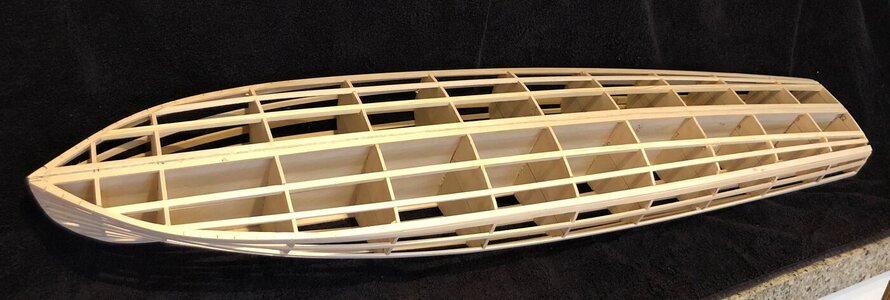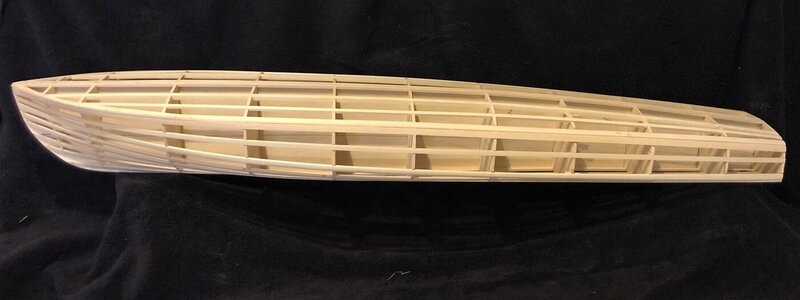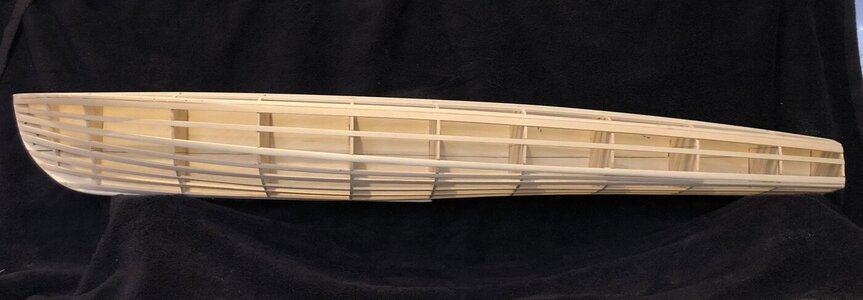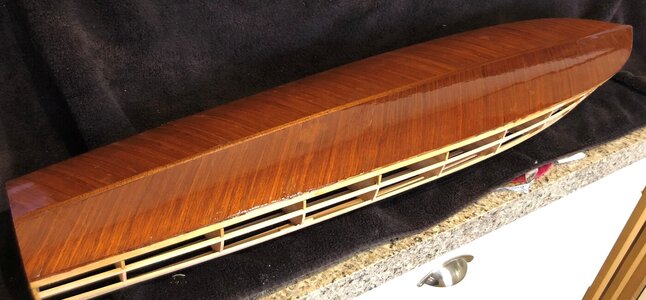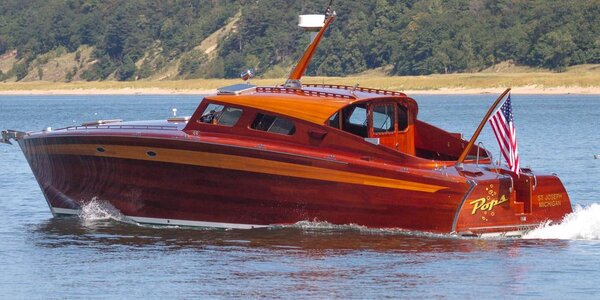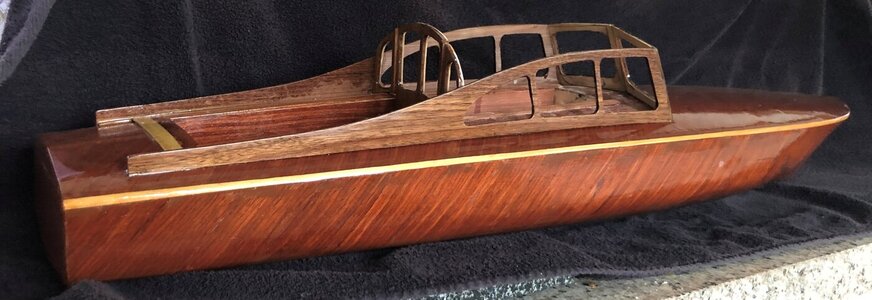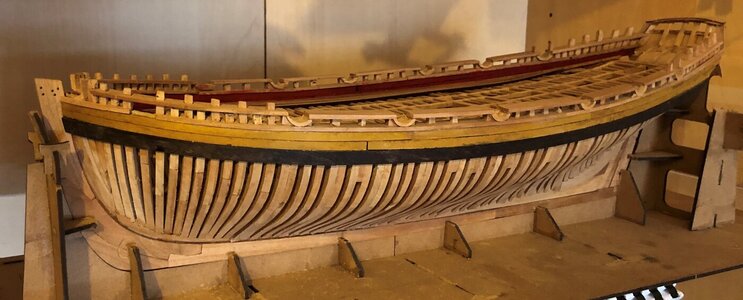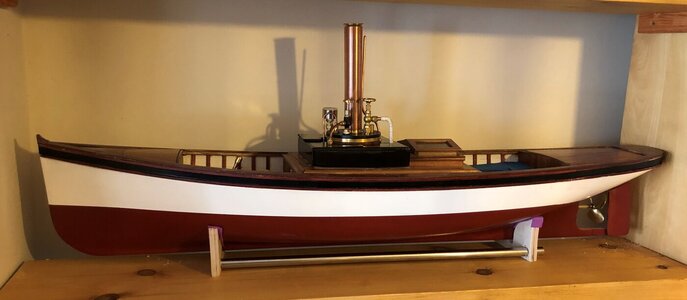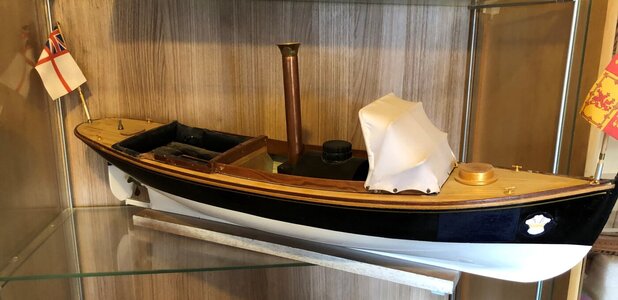The gentleman’s high speed launch that never was.
During the First World War the British Royal Navy developed, in conjunction with Sir John Thornycroft (a pioneering boatbuilder), a revolutionary fast torpedo boat. The type was modestly called the 55 foot Coastal Motor Boat, to avoid drawing attention to the real nature of the boats. In fact they were extremely fast for that period, powered by twin petrol engines developing 1000 brake horse power and achieving more than 42 knots. They carried two 18 inch torpedoes, launched from the back of the boat while the boat was travelling at top speed towards the target. The boat would then shear away to avoid being struck by its own torpedo. The navy also developed a 40 foot version that carried a single torpedo. A good description of this class of boat can be found here:
https://www.shippingwondersoftheworld.com/motor_boats.html
The hulls were very lightly built on a framework that could have been intended for an aeroplane, and were sheathed with 2 very thin layers of mahogany planking, the first layer fixed diagonally and the second fixed in the conventional fore and aft direction. The finished skin thickness was 10mm thick at the deck, increasing to 14mm on the bottom. Superimposed on the hull shape was an additional thin skin covering the front half of the bottom of the boat that formed a hard chine shape terminating in a step at half-length which was the common practice for hydroplanes and other racing hulls at the time.
https://thecoastalmotorboatproject.com/
There are reports of the same class of boat achieving even higher speeds when the type was developed after the war by other navies, the French claiming 60 mph (knots or miles?) and an apparently exaggerated claim of 80 knots. Similar racing hulls were reaching well over 100 mph by 1933.
Recently a team has commenced building a replica of the 40 foot version, see this link:
https://www.pnbpropertytrust.org/historic-boats/boatdetails/cmb-replica-costal-motor-boat/77/
I found a few other photos and a nice plan, the first one is the 55 foot version, the remainder appear to be the 40 foot version, including the model in the British National Maritime Museum: ( There are several more photos of the museum model: https://www.rmg.co.uk/collections/objects/rmgc-object-67382 )
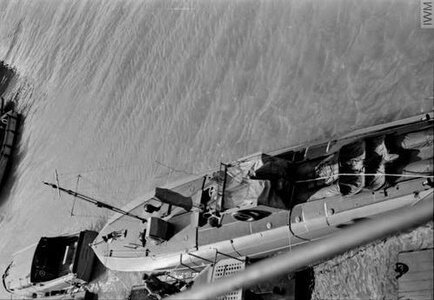
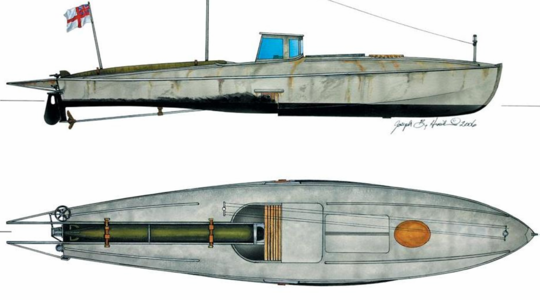
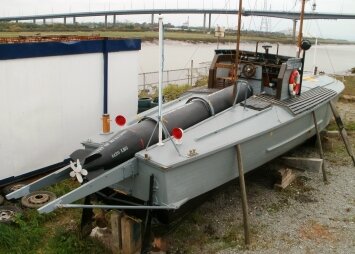
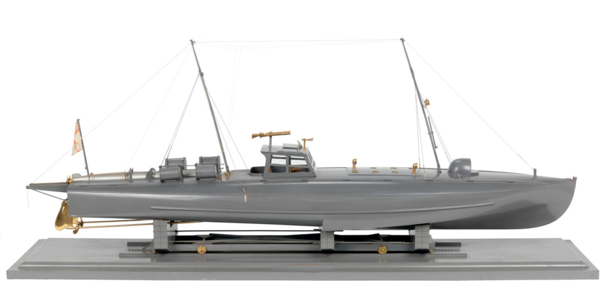
During the First World War the British Royal Navy developed, in conjunction with Sir John Thornycroft (a pioneering boatbuilder), a revolutionary fast torpedo boat. The type was modestly called the 55 foot Coastal Motor Boat, to avoid drawing attention to the real nature of the boats. In fact they were extremely fast for that period, powered by twin petrol engines developing 1000 brake horse power and achieving more than 42 knots. They carried two 18 inch torpedoes, launched from the back of the boat while the boat was travelling at top speed towards the target. The boat would then shear away to avoid being struck by its own torpedo. The navy also developed a 40 foot version that carried a single torpedo. A good description of this class of boat can be found here:
https://www.shippingwondersoftheworld.com/motor_boats.html
The hulls were very lightly built on a framework that could have been intended for an aeroplane, and were sheathed with 2 very thin layers of mahogany planking, the first layer fixed diagonally and the second fixed in the conventional fore and aft direction. The finished skin thickness was 10mm thick at the deck, increasing to 14mm on the bottom. Superimposed on the hull shape was an additional thin skin covering the front half of the bottom of the boat that formed a hard chine shape terminating in a step at half-length which was the common practice for hydroplanes and other racing hulls at the time.
https://thecoastalmotorboatproject.com/
There are reports of the same class of boat achieving even higher speeds when the type was developed after the war by other navies, the French claiming 60 mph (knots or miles?) and an apparently exaggerated claim of 80 knots. Similar racing hulls were reaching well over 100 mph by 1933.
Recently a team has commenced building a replica of the 40 foot version, see this link:
https://www.pnbpropertytrust.org/historic-boats/boatdetails/cmb-replica-costal-motor-boat/77/
I found a few other photos and a nice plan, the first one is the 55 foot version, the remainder appear to be the 40 foot version, including the model in the British National Maritime Museum: ( There are several more photos of the museum model: https://www.rmg.co.uk/collections/objects/rmgc-object-67382 )






